This article was medically reviewed by Jonas DeMuro, MD. Dr. DeMuro is a board certified Pediatric Critical Care Surgeon in New York. He received his MD from Stony Brook University School of Medicine in 1996. He completed his fellowship in Surgical Critical Care at North Shore-Long Island Jewish Health System and was a previous American College of Surgeons (ACS) Fellow.
There are 12 references cited in this article, which can be found at the bottom of the page.
This article has been viewed 120,743 times.
A second degree burn can be really painful, but in most cases, it's pretty easy to care for at home. First, evaluate how deep and serious the burn is. Then, rinse the burn in cool, clean water and apply appropriate bandages. If the second-degree burn is no larger than 3 inches (7.6 centimeters) in diameter, treat it as a minor burn. If the burned area is larger or covers the hands, feet, face, groin, buttocks or a major joint, treat it as a major burn and get medical help immediately.[1]
Steps
Warnings
- Do not pop blisters.⧼thumbs_response⧽
- Do not apply any butter, mayonnaise, or oils to your burn.⧼thumbs_response⧽
References
- ↑ http://www.mayoclinic.org/first-aid/first-aid-burns/basics/art-20056649
- ↑ http://www.nhs.uk/conditions/Burns-and-scalds/Pages/Introduction.aspx
- ↑ https://medlineplus.gov/ency/article/000030.htm
- ↑ http://www.mayoclinic.org/first-aid/first-aid-burns/basics/art-20056649
- ↑ https://medlineplus.gov/ency/article/000030.htm
- ↑ http://www.mayoclinic.org/first-aid/first-aid-burns/basics/art-20056649
- ↑ http://www.racgp.org.au/afp/2012/june/thermal-burns-assessment-and-acute-management/
- ↑ http://www.racgp.org.au/afp/2012/june/thermal-burns-assessment-and-acute-management/
- ↑ http://www.racgp.org.au/afp/2012/june/thermal-burns-assessment-and-acute-management/
- ↑ http://www.mayoclinic.org/first-aid/first-aid-burns/basics/art-20056649
- ↑ http://www.mayoclinic.org/first-aid/first-aid-burns/basics/art-20056649
- ↑ https://medlineplus.gov/ency/article/000030.htm
- ↑ http://www.racgp.org.au/afp/2012/june/thermal-burns-assessment-and-acute-management
- ↑ http://www.racgp.org.au/afp/2012/june/thermal-burns-assessment-and-acute-management/
- ↑ https://medlineplus.gov/ency/article/000030.htm
- ↑ http://www.nhs.uk/conditions/Burns-and-scalds/Pages/Introduction.aspx
- ↑ http://www.mayoclinic.org/first-aid/first-aid-burns/basics/art-20056649
- ↑ https://medlineplus.gov/ency/article/000030.htm
- ↑ https://medlineplus.gov/ency/article/000030.htm
About This Article
To treat second degree burns caused by heat, remain calm and quickly remove the heat source causing the burn. Next, remove any clothing or jewelry close to the burn and rinse the affected area thoroughly with cool water for about 5 minutes, or until the stinging stops. If the skin is broken, clean the area with a mild soap, then pat it dry and apply a thin layer of antibiotic ointment. Finally, bandage the burned area loosely and be sure to change the bandage every 48 hours to prevent infection. For tips on recognizing an infected burn and how to treat it, read on!


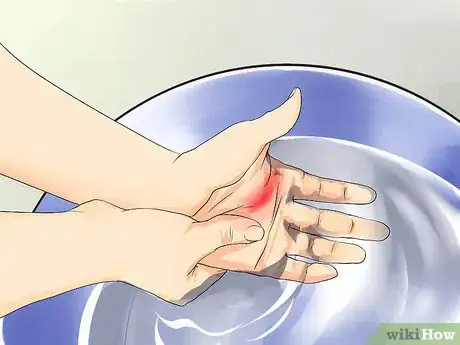
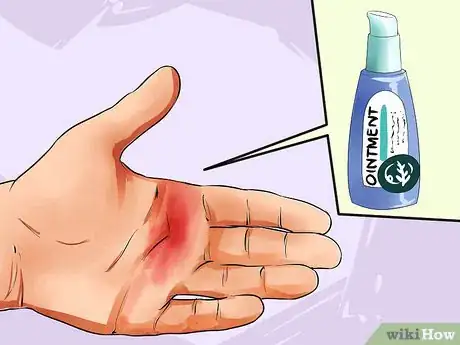
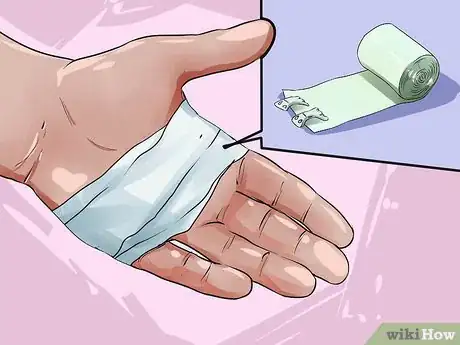
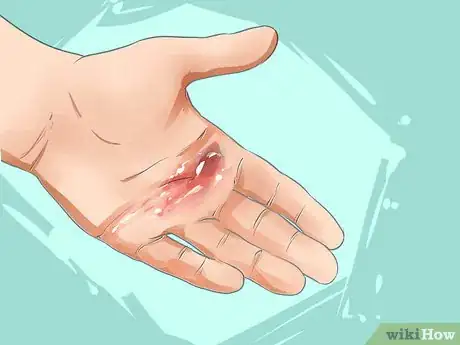
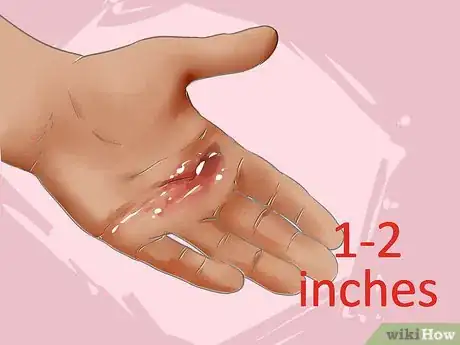
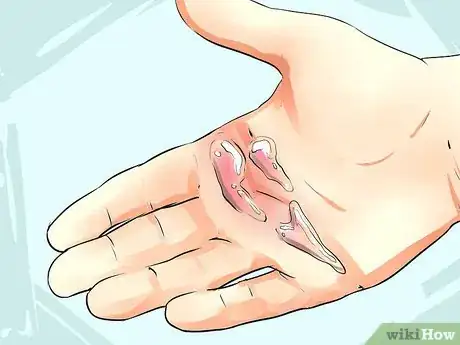
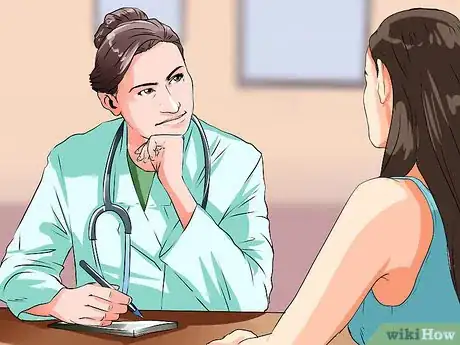
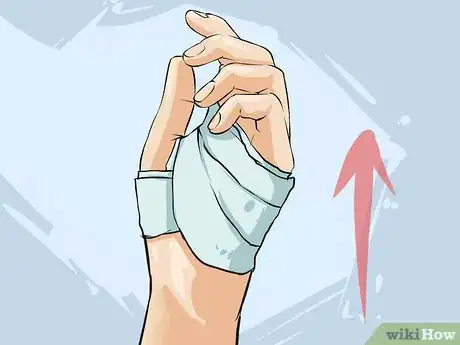
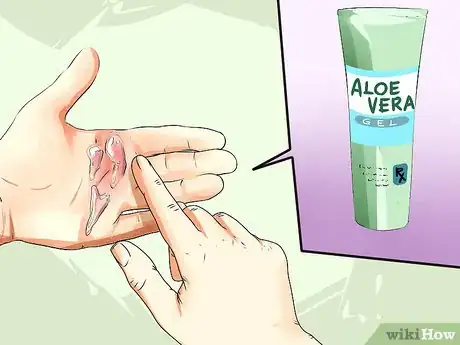
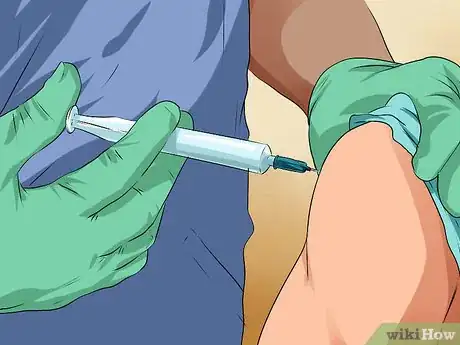
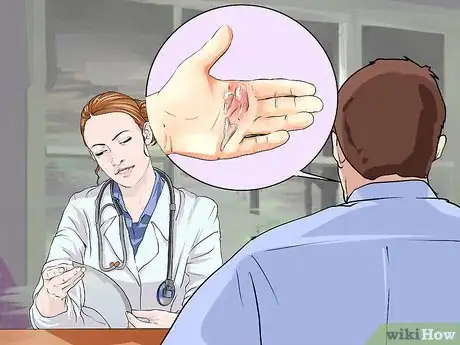
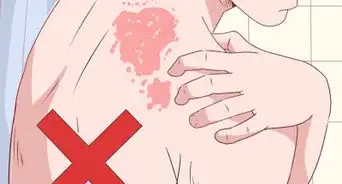




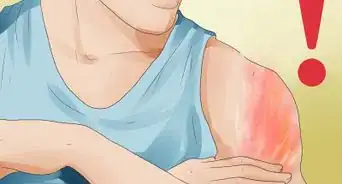


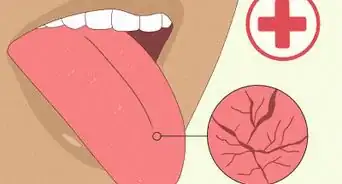
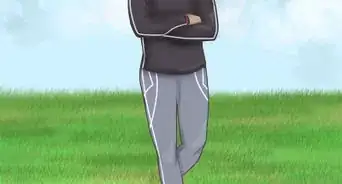
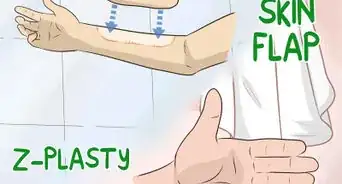
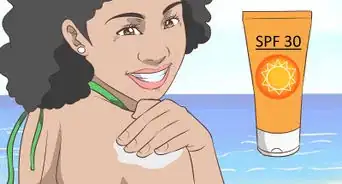

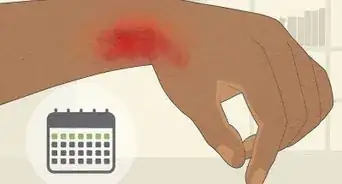









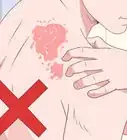

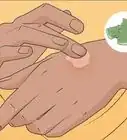




































Medical Disclaimer
The content of this article is not intended to be a substitute for professional medical advice, examination, diagnosis, or treatment. You should always contact your doctor or other qualified healthcare professional before starting, changing, or stopping any kind of health treatment.
Read More...